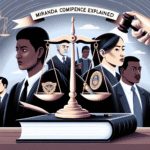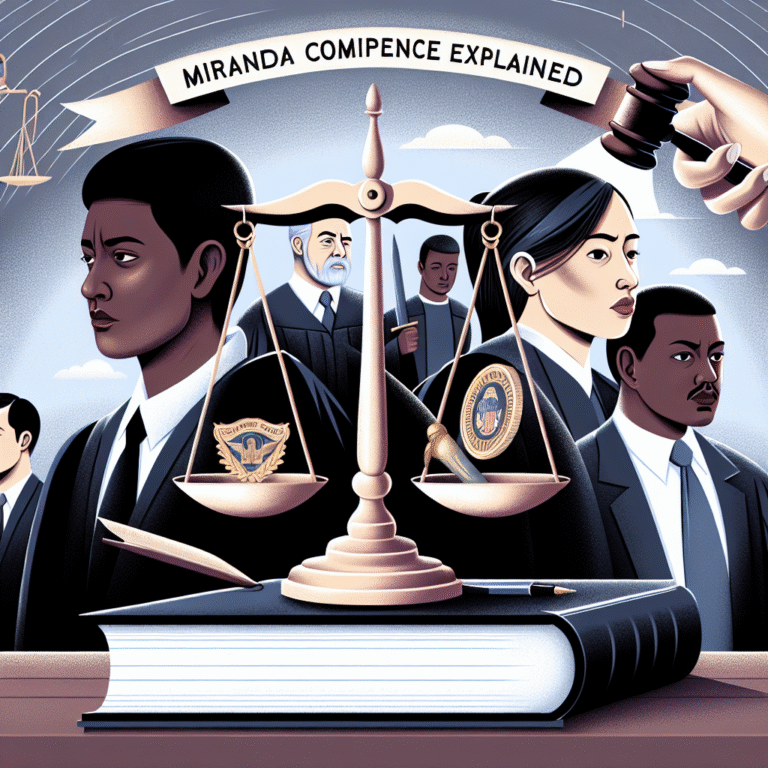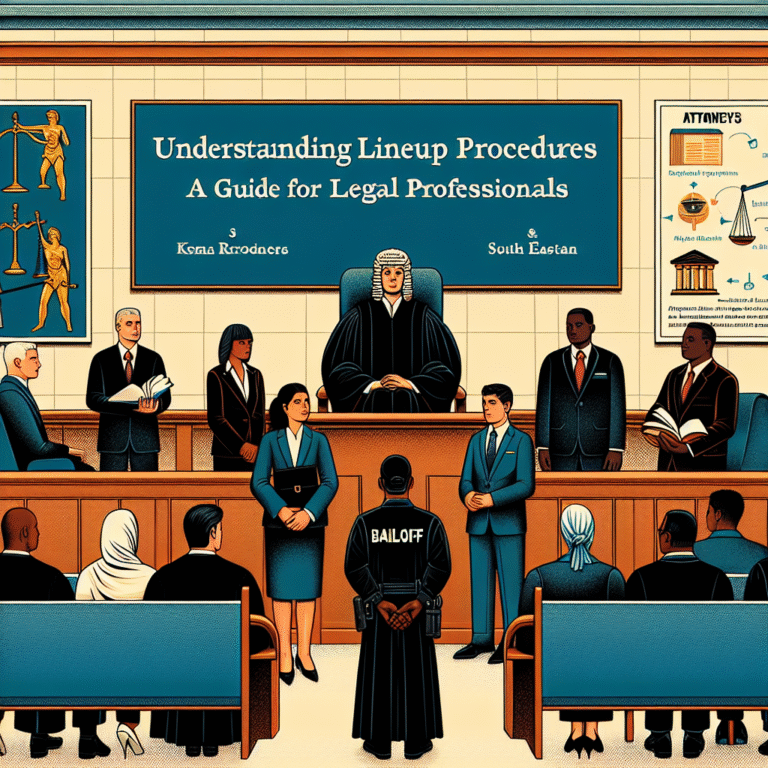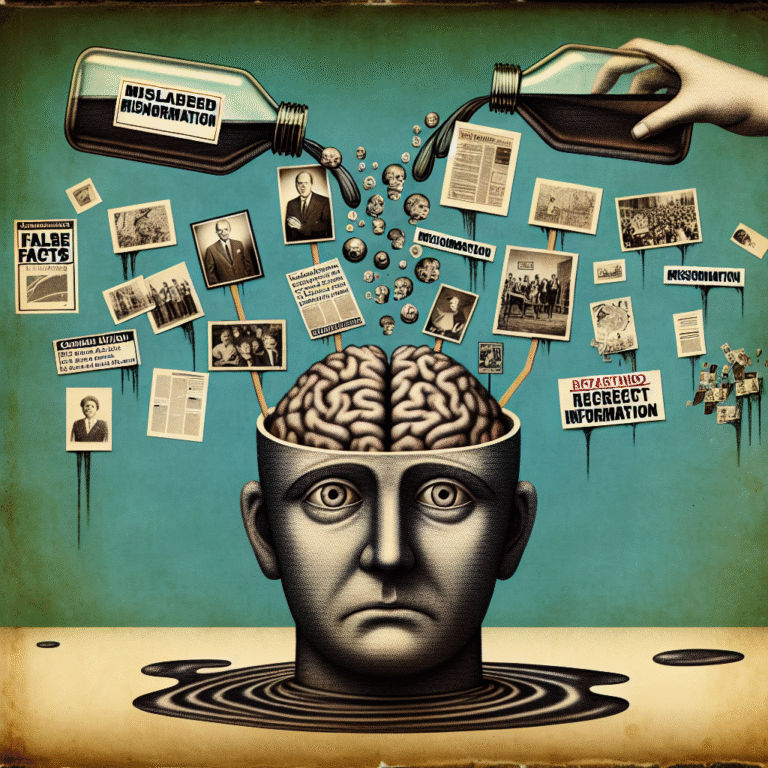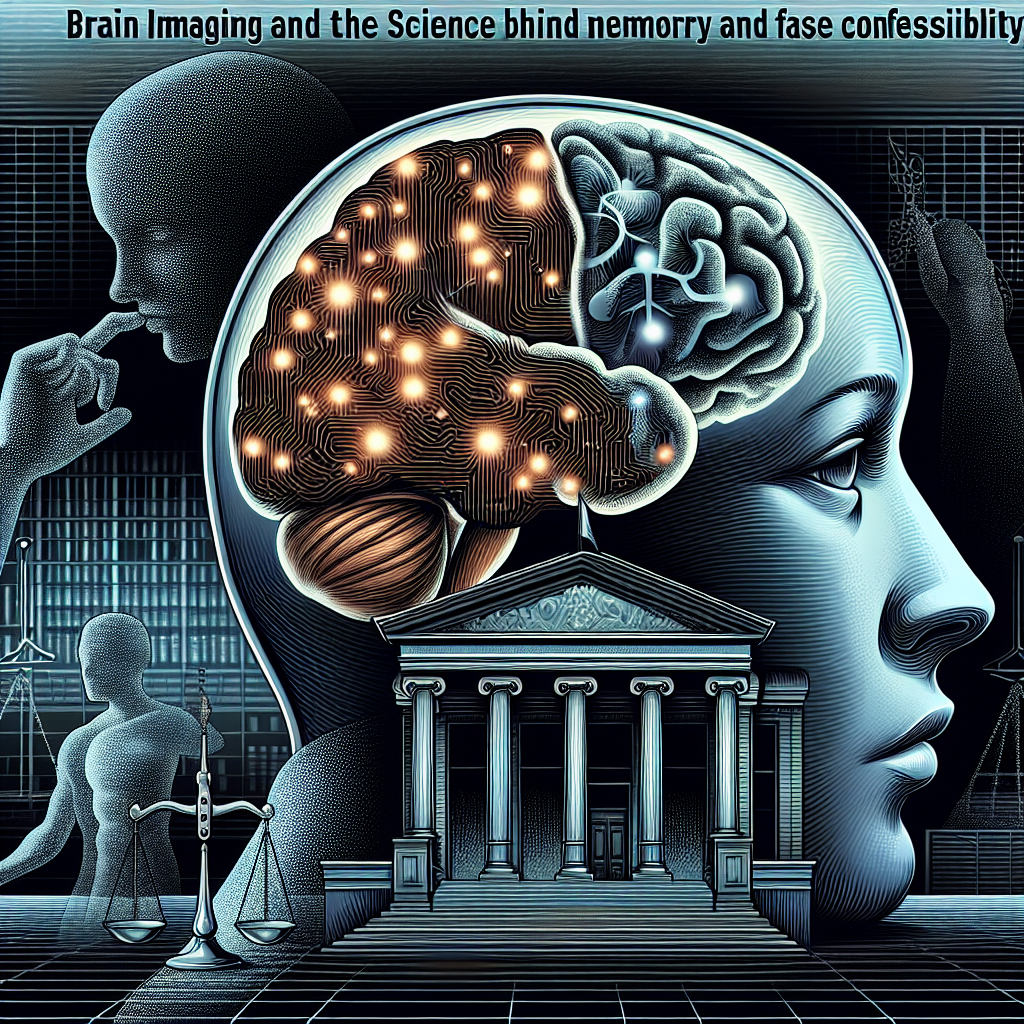
Introduction
Imagine a scenario in a dimly lit interrogation room, where a suspect confesses to a crime they didn’t commit. It’s a dramatic representation of a distressing reality: false confessions are not just possible; they occur more frequently than one might think. The intersection of psychology and neuroscience illuminates this phenomenon, shedding light on how memory works and why accountability can often be elusive. This article explores Brain Imaging and False Confessions: The Science Behind Memory and Accountability, delving into how our brain processes memory, the implications of false confessions, and the role of technology in understanding this complex issue.
The Nature of Memory: Malleable Yet Fragile
Understanding Memory Dynamics
At the core of false confessions lies the fascinating yet troubling nature of human memory. Memory is not a perfect recording of events; rather, it is reconstructive. When we recall an event, our brains retrieve bits and pieces of information and stitch them together, much like a jigsaw puzzle. This can lead to distortions, inaccuracies, and even the creation of entirely false memories.
The Role of Suggestibility
One key factor contributing to false confessions is suggestibility. Research has shown that individuals may inadvertently internalize misleading information presented by law enforcement or other authorities during interrogations. A 2016 study published in the journal Psychological Science demonstrated that participants who were exposed to leading questions or misinformation were likely to alter their memories to conform to the suggestions.
Brain Imaging Techniques: The Breakthroughs
With advancements in technology, brain imaging techniques such as functional magnetic resonance imaging (fMRI) and positron emission tomography (PET) scans are becoming invaluable tools in understanding the neuroscience behind memory and confessions.
Functional MRI: Visualizing the Brain in Action
fMRI allows researchers to observe brain activity in real time. By monitoring changes in blood flow, scientists can identify which areas of the brain are engaged when a person is recalling a memory or answering a question. This insight can reveal how memories are formed, recalled, and sometimes, how they are fabricated.
Case Study: The Innocence Project
To illustrate the profound implications of memory distortion, consider the Innocence Project, a nonprofit organization dedicated to exonerating wrongly convicted individuals. Since its inception, the organization has helped free over 375 individuals across the United States, many of whom had falsely confessed.
In one striking case, a man named Juan Rivera was wrongfully convicted of a 1992 rape and murder based largely on a false confession obtained during a lengthy interrogation. His memory of the events was heavily influenced by the techniques used by investigators, leading to a conviction based on flawed memory recall. Neuroimaging research has since suggested that high-stress situations can create significant alterations in how memories are formed and recalled. The Juan Rivera case exemplifies how Brain Imaging and False Confessions: The Science Behind Memory and Accountability presents profound ramifications for the justice system.
The Impact of Stress and Coercion
Psychological Pressures in Interrogations
Interrogations can often be high-pressure environments. Techniques employed by law enforcement are designed to elicit confessions, sometimes leading to coercion. The psychological stress experienced during these sessions can adversely affect memory accuracy.
Neural Correlates of Stress
Brain imaging studies have shown that elevated stress levels can inhibit the hippocampus, the region crucial for memory formation. Research indicates that as stress increases, the brain’s ability to encode and retrieve memories diminishes. A study by Yerkes and Dodson proposed the Yerkes-Dodson Law, which posits that performance increases with arousal only up to a point, after which it decreases. This implies that high-stress situations in specific contexts, such as interrogations, may lead to unreliable memories, fuelling the complexities surrounding Brain Imaging and False Confessions: The Science Behind Memory and Accountability.
Case Study: The Central Park Five
Perhaps no case illustrates the dangers of stress and coercive interrogation more dramatically than that of the Central Park Five. In 1989, five Black teenagers were wrongfully convicted of a brutal assault based largely on confessions obtained under duress. The men, now exonerated, cited intense psychological pressure and fear during their interrogations, which significantly impacted their recollection of events.
Through modern fMRI technology, researchers can visualize the alterations that stress and interrogation techniques induce on the brain’s memory centers. This emphasizes the importance of understanding Brain Imaging and False Confessions: The Science Behind Memory and Accountability within the context of justice and ethics.
Neuroscientific Insights & Legal Implications
The Legal Landscape
As neuroscience unfolds complex narratives about memory, the legal field grapples with novel implications for how confessions are viewed in courtrooms. Legal experts are increasingly accommodating neuroscientific findings to reassess the weight of confessions obtained under questionable circumstances.
Admissibility of Neuroscientific Evidence
Certain jurisdictions are beginning to accept brain imaging evidence as part of criminal trials. The challenge lies in ensuring that these technologies are used responsibly and ethically. The National Academy of Sciences has recommended establishing standards for the use of brain imaging in legal contexts, which emphasizes the critical intersection of Brain Imaging and False Confessions: The Science Behind Memory and Accountability.
Case Study: The Case of Dr. Michael T. Kitei
Dr. Michael T. Kitei faced charges related to a crime he claimed he did not commit. Through fMRI analysis, he was able to provide evidence supporting his assertion that his memory of certain events had been influenced by drunk testimony from witnesses. The court considered this neuroscientific evidence, which helped mitigate the severity of his conviction.
This case exemplifies how understanding the neural basis of memory can lead to a more nuanced approach to accountability in criminal justice, highlighting the power and importance of Brain Imaging and False Confessions: The Science Behind Memory and Accountability.
Practical Implications for Law Enforcement
Training and Protocol Improvements
In light of these insights, law enforcement agencies must adopt better training protocols. Interrogation techniques can be modified to minimize psychological pressure and suggestibility, aligning practices with our growing understanding of memory science.
Recommendations for Best Practices
- Implement Non-Coercive Interrogation Techniques: Encouraging a conversational approach rather than confrontation can lead to more reliable testimonies, decreasing the likelihood of false confessions.
- Training on Memory Distortion: Law enforcement officers and legal professionals should educate themselves on the mechanics of memory to mitigate risks associated with overly suggestive questioning.
Table 1: Best Practices for Interrogation
| Practice | Description |
|---|---|
| Non-Confrontational Techniques | Create a supportive environment for dialogue about events. |
| Memory Distortion Awareness | Training to understand how memory can be easily altered. |
| Recording Interrogations | Document all interactions to ensure transparency and accuracy. |
Conclusion
Understanding Brain Imaging and False Confessions: The Science Behind Memory and Accountability is vital in forming a more just legal system. As technological advancements shed light on the intricacies of the human brain, we are compelled to reconsider our approach to confessions, memories, and the pursuit of truth.
Moving forward, it’s essential to emphasize both the responsibility and accountability of law enforcement in helping ensure that confessions are not only accurate but reflective of the truth. By continuing to explore the dynamics of memory through neuroscientific lenses, society can better support those wrongly accused and strive towards a more equitable justice system.
FAQs
1. What is the relationship between stress and false confessions?
Stress can significantly impair memory recall, leading to inaccuracies. High-stress situations can create distortions in how memories are formed and retrieved, potentially resulting in false confessions.
2. How does brain imaging technology help in understanding confessions?
Brain imaging tech, such as fMRI, allows researchers to visualize brain activity during memory recall, enabling insights into how different interrogation techniques may impact the accuracy of confessions.
3. What role does suggestibility play in false confessions?
Suggestibility refers to how information can alter a person’s memory. Individuals may unknowingly adopt misleading information, particularly during police interrogations, leading to false confessions.
4. Are there legal protocols to evaluate the reliability of confessions?
Yes, some jurisdictions are adopting practices to evaluate the circumstances under which confessions were obtained, including the use of neuroscientific evidence like brain imaging.
5. What are the implications of wrongful convictions linked to false confessions?
Wrongful convictions undermine the integrity of the justice system and can ruin lives. Greater awareness and understanding of memory mechanics can assist in preventing such injustices moving forward.
This article provides a comprehensive exploration of the interconnected topics of brain imaging, memory, and the implications of false confessions, aiming to educate and engage readers in this crucial aspect of the justice system.



